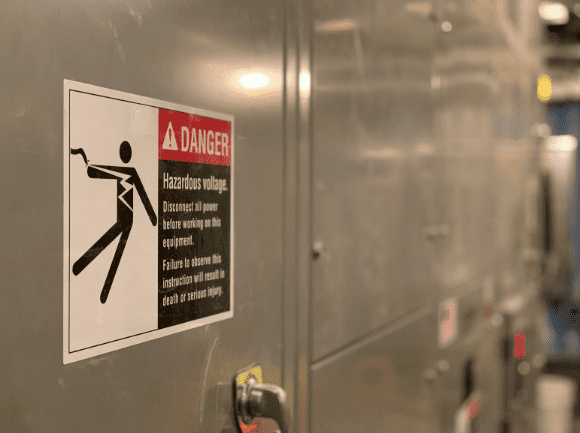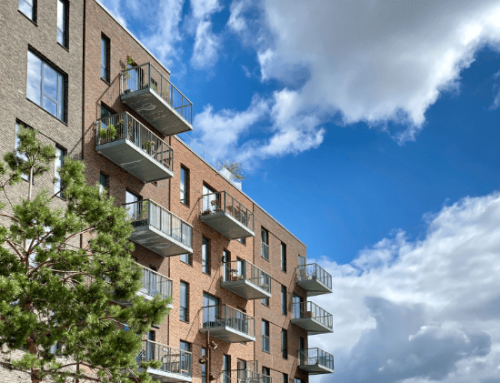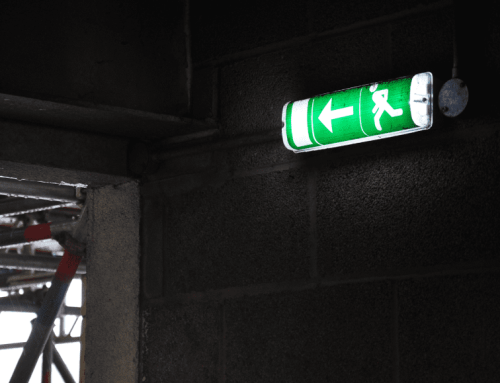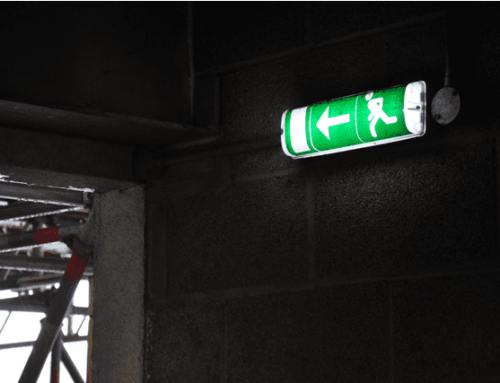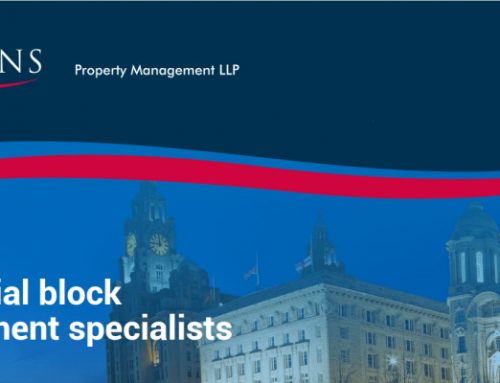Residential housing health and safety should never be compromised, regardless of experience level or experience managing several properties concurrently. Tenants have the right to feel confident that the property is safe in addition to the right to live in a safe environment.
Effective health and safety management enhances the company’s brand and image while shielding owners, employees, and enterprises from criminal prosecution and personal injury lawsuits.
There is no way of calculating the overall number of people impacted by the country’s building safety crisis, but there are likely to be more than 600,000 in affected tall buildings and millions more in medium rise towers. A widely cited figure of 56,000 relates to those in high rises with aluminium composite material (ACM) cladding only.
Discover the health and safety considerations that landlords and property managers need to make in order to remain compliant with regulations.
What is Health and Safety for Residential Properties?
There are no shortcuts when it comes to health and safety. Property managers must adhere to procedures in order to maintain legal compliance. The idea that landlords have a legal duty to maintain their homes in a safe and usable state for their tenants is the basis of the regulations or the local authority governing residential buildings.
It is imperative that tenants be never placed in risk as a result of previous health and safety checks or negligent maintenance. Tenants are protected against a wide range of poor housing conditions by this, including structural, gas, electrical, and damp issues.
Legal Duty
It is required by law to set up appropriate systems for managing health and safety. Plans must be in place to reduce health and safety hazards, according to the Management of Health and Safety at Work Regulations of 1999 and The Housing Act.
There should, at the very least, be policies and procedures in place to comply with the law, such as:
- A documented policy for health and safety
- Risk assessments for workers, subcontractors, residents, and any other potentially impacted parties, together with a written record of any noteworthy conclusions. Every risk analysis needs to be “suitable and sufficient.”
- Plans for the efficient organisation, management, supervision, and evaluation of the protective and preventive actions resulting from risk assessment
- Availability of knowledgeable health and safety counsel and provision of details regarding hazards and mitigation strategies
- Teaching and training regarding risk management ensuring the implementation of suitable and sufficient management
- Discussing the dangers and the available preventive and protective measures with workers, contractors, neighbours, and anybody else who might be impacted.
Every apartment block, including homes that have been converted into apartments, must have a risk assessment of the common areas completed for health and safety, which includes fire safety. The Management of Health and Safety at Work Regulations of 1999 mandate this.
One could argue that these properties’ common areas don’t qualify as places of employment. Nonetheless, these common spaces are covered by health and safety standards according to the Health and Safety Executive (HSE) and the Courts. This implies that a risk assessment needs to be completed anytime a resident, guest, employee, or contractor enters them.
Housing Health and Safety Rating System
The Housing Act of 2004 established the Housing Health and Safety Rating System (HHSRS), which is applicable to residential properties in England and Wales. To assist local authorities in identifying and mitigating potential risks and hazards to health and safety, the HHSRS is a risk-based evaluation tool.
An environmental health officer will inspect your residential property and evaluate the likelihood of potential harm resulting from a health and safety issue, the seriousness of the issue, and whether there is any additional danger to children or the elderly if an HHSRS assessment is requested.
4 Areas of Health and Safety in Residential Properties
Below we outline the four main areas of health and safety that come under the remit of property managers:
Fire Safety
As a residential property manager, it is imperative to be up to date on all fire safety rules as mandated by law. Fire can completely destroy your home in a matter of minutes and pose a major risk to human life. According to the UK government, landlords are required to adhere to the following fire safety regulations:
- Every floor of the building with a room utilised as a living space should include a smoke alarm.
- Make sure that every room used as a living space that has a fixed combustion device (apart from gas cookers) or a solid fuel burning appliance, like a coal fire or wood burning stove, has a carbon monoxide alarm installed.
- Ensure that escape routes are always accessible, and let tenants know where to go in case of an emergency.
- Make sure the furnishings and furniture they provide are fire resistant.
- If the property is a large residence with multiple occupations, provide fire alarms and extinguishers (HMO).
- As soon as smoke detectors and carbon monoxide alarms are discovered to be malfunctioning, make sure they are fixed or replaced.
- All internal doors are fire doors which conform to current building regulations
On the manufacturer’s label, every piece of furniture and furnishing that a landlord provides for a rental property should have the fire safety emblem. This shows that the furniture complies with the Furniture and Furnishings Fire Safety Regulations of 1988 and Reform of 2005, which outline fire regulations. Mattresses, pillows, and bed linens are the only things that are free from these rules.
The London Fire Brigade suggests installing extra heat detectors in kitchens and smoke alarms in the lounges and corridors of individual apartments and homes, even though the regulations require a smoke alarm to be installed on each floor of residential property. This will assist in giving tenants advance notice in the event that there is a fire on the property.
Gas Safety
Property managers must comply with government regulations in order to guarantee the gas safety of their residential premises. This comprises:
- Guaranteeing that a Gas Safe licensed engineer instals and maintains the gas equipment they deliver to the property safely.
- Having each device undergo an annual gas safety inspection by a licensed engineer.
- Giving a copy of the gas safety check record to the renter either in advance of move-in or within 28 days following the check-out.
Property managers are legally responsible for gas safety and are required to maintain a gas safety record, conduct regular maintenance and conduct gas safety checks, according to the 1998 Gas Safety (Installation and Use) Regulations.
Electrical Safety
Landlords are accountable for providing their renters with appropriate electrical safety in addition to gas and fire safety. You should:
- Make sure that all of the property’s electrical systems—such as outlets and light fixtures—are safe and that all national requirements for electrical safety are fulfilled.
- Make certain that every appliance they provide is safe and has been inspected and tested by a trained professional at least once every five years.
Residential property managers are required to provide a copy of the report to the current tenant within 28 days following the inspection and test, according to the Electrical Safety Standards in the Private Rented Sector (England) Regulations of 2020. Before a new renter moves in, they should also give a copy of this report to them.
Communal Areas
The term “communal areas” refers to more than simply the inside of the high rise building; it also includes the structure, roof, and other external surfaces. All places, including gardens, lawns, plant rooms, electrical intake cupboards/rooms, and lift motor rooms, should be included in a risk assessment, especially as workers or contractors are likely to be present in these spaces while doing their duties.
It is the landlord’s or the building manager’s responsibility to adhere to these health and safety laws. A managing agency, a right-to-manage company (RTM), or a residents’ management company (RMC) could be that. Never discount or disregard health and safety because it is expensive. If there is an incident or injury which causes serious harm, the cost of noncompliance can be much higher.
Looking for Property Management to Keep Your Block Safe and Property Secure?
By realising the value of efficient health and safety management, you may prevent business interruption, lower the risk of personal harm, limit property damage, and establish defences against insurance claims. Above all, following the law will hopefully save you from prosecution. Keep in mind that managers and directors may be held directly liable for their inability to enforce health and safety regulations.
Residential block managing agent Scanlans, have a wealth of experience and knowledge when it comes to managing residential blocks safely and effectively.
Scanlans provides fire risk assessments and general health and safety inspections as a part of our property management services. Our team can help you ensure that your premises are secure and in accordance with all relevant legislation.
Get in touch today to find out more.
Health and Safety Residential Property FAQs
Who is legally responsible for fire safety in a block of flats?
The person in charge of your building, who is typically a landlord, managing agent, or building owner, is required to take precautions against fires starting in the common areas and to safeguard escape routes.
How often does a fire alarm need to be tested in a block of flats?
You are legally required to legally inspect your fire alarm system six months out of the year. Weekly fire alarm testing is required by law when it comes to testing your fire alarms.
Who is responsible for fire doors in flats?
The fire doors in the building’s common spaces are the legal obligation of your landlord or the building owner, and many will publish information about them in the handbook for tenants or residents.

